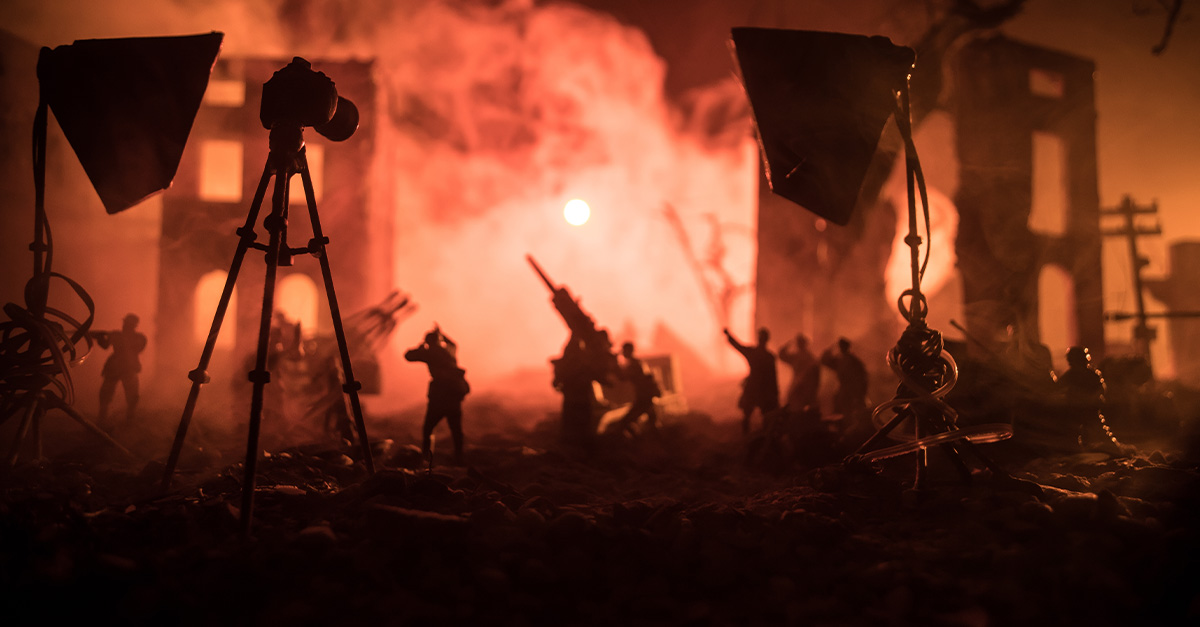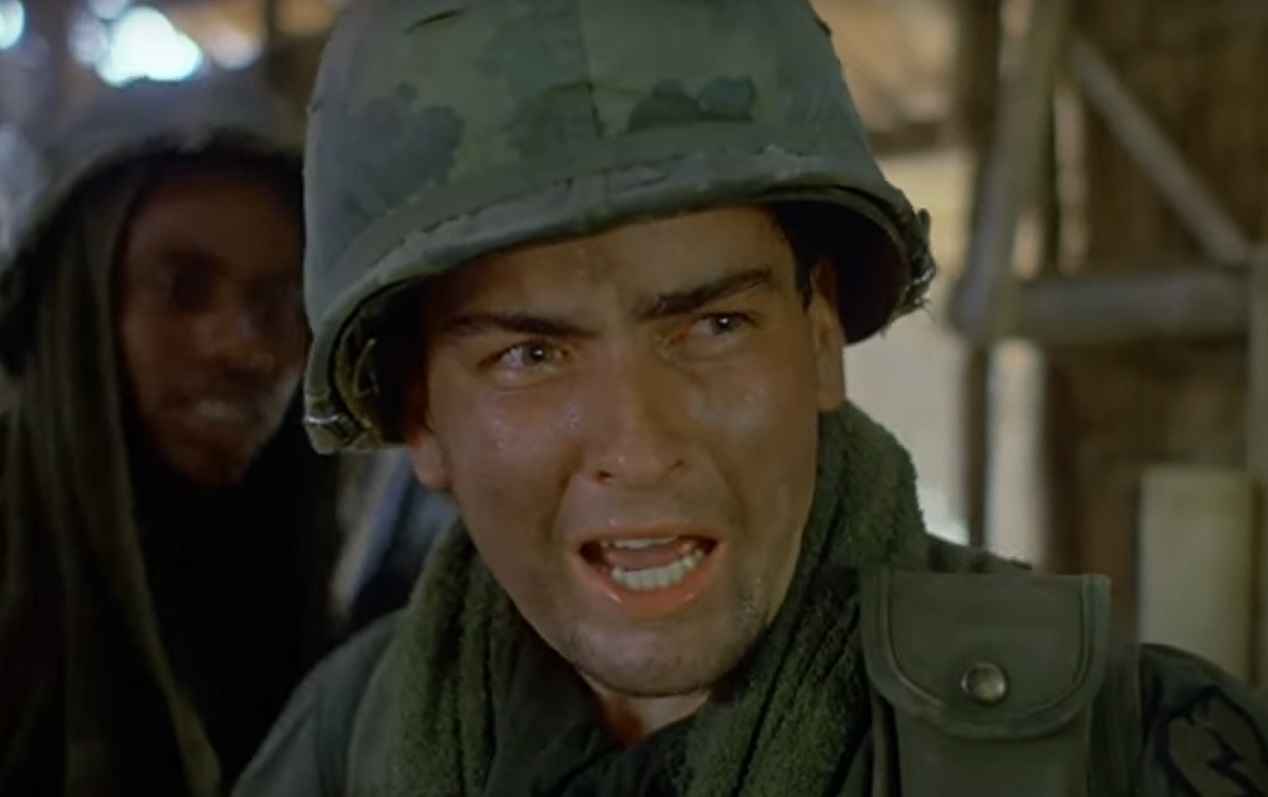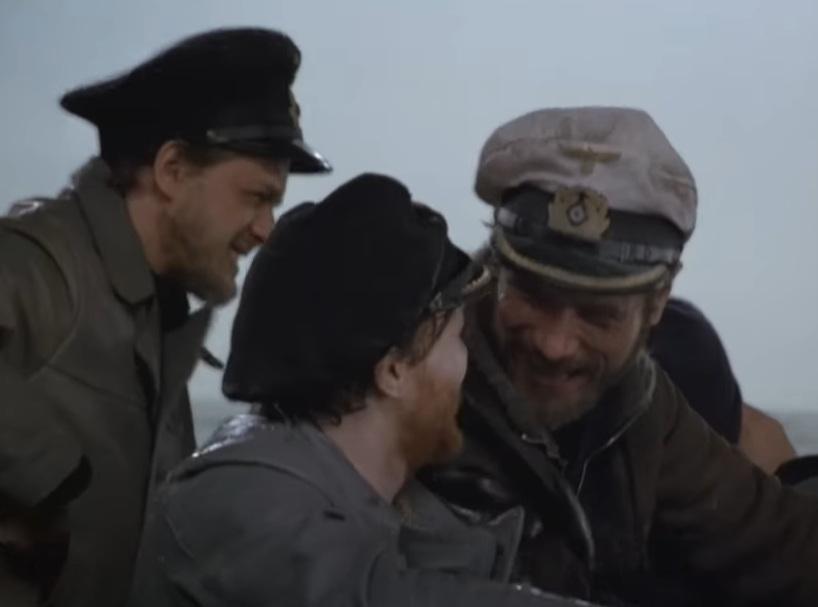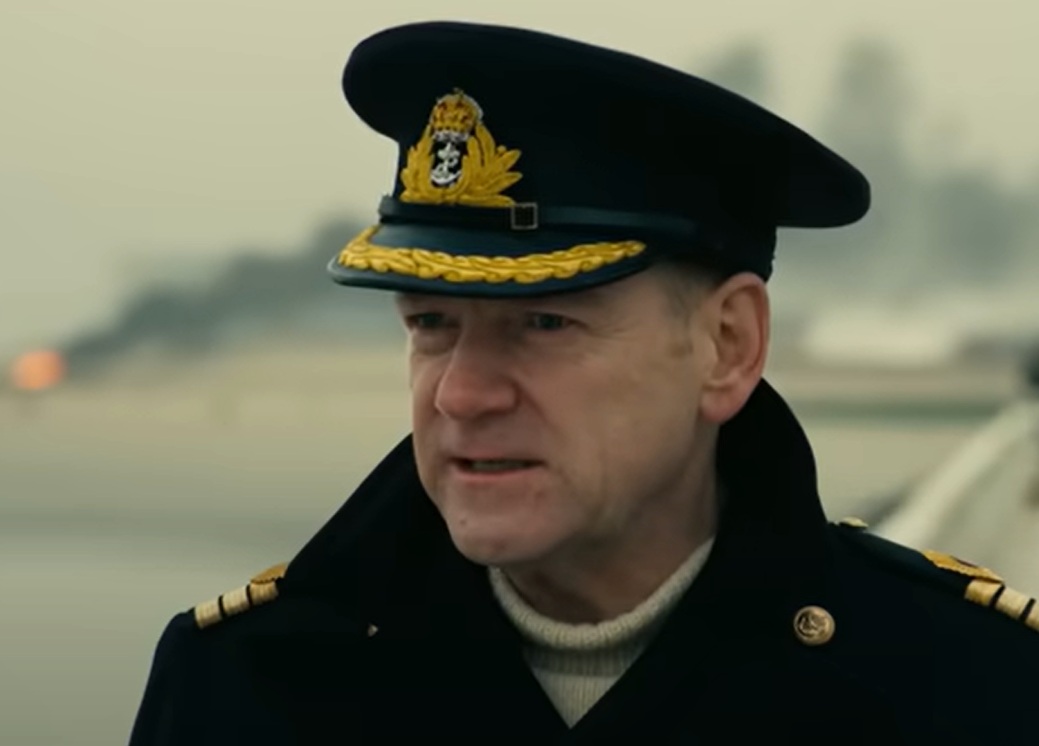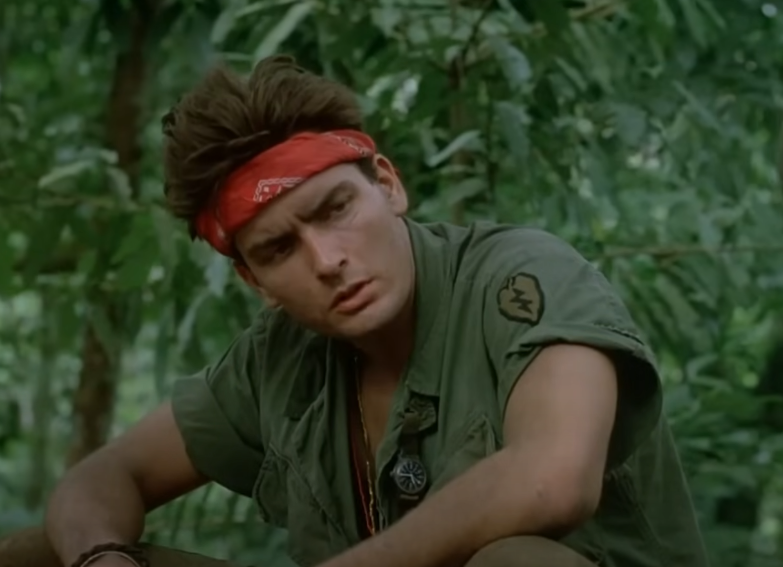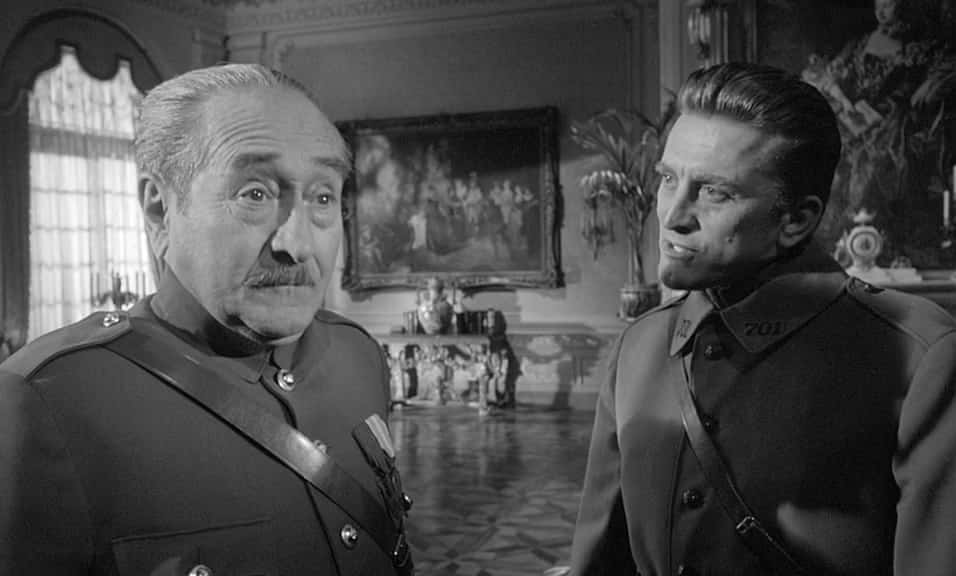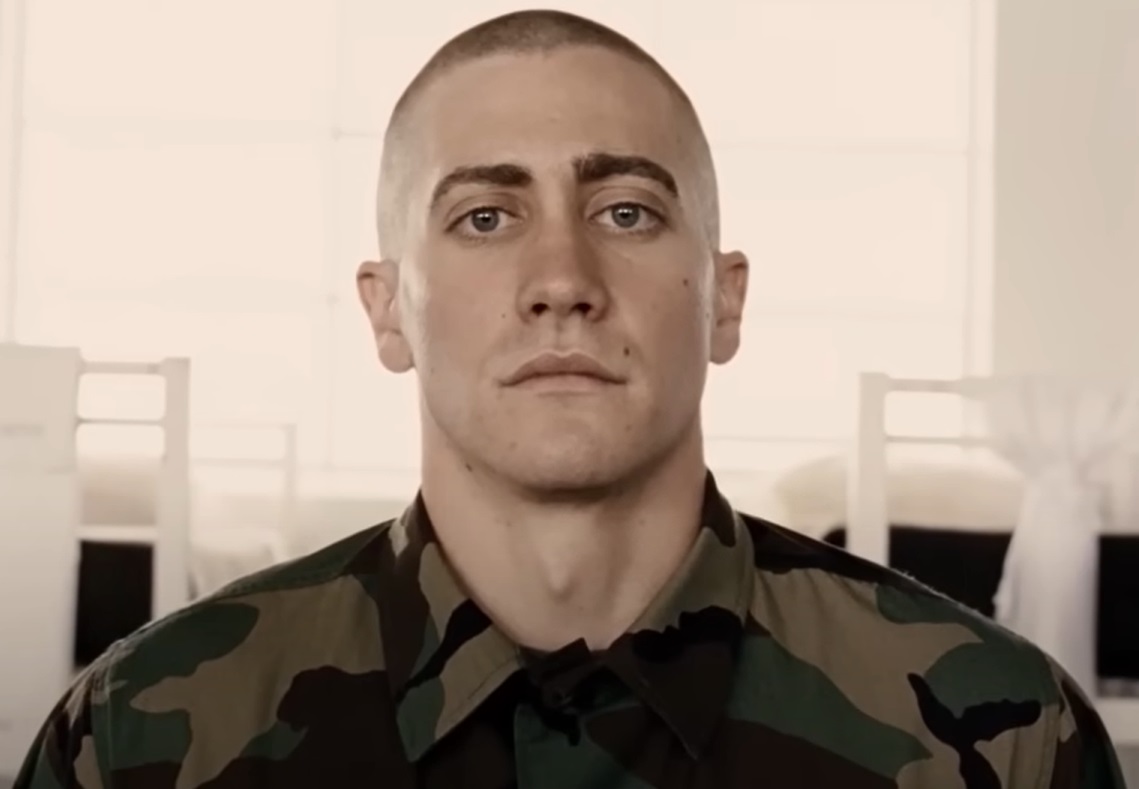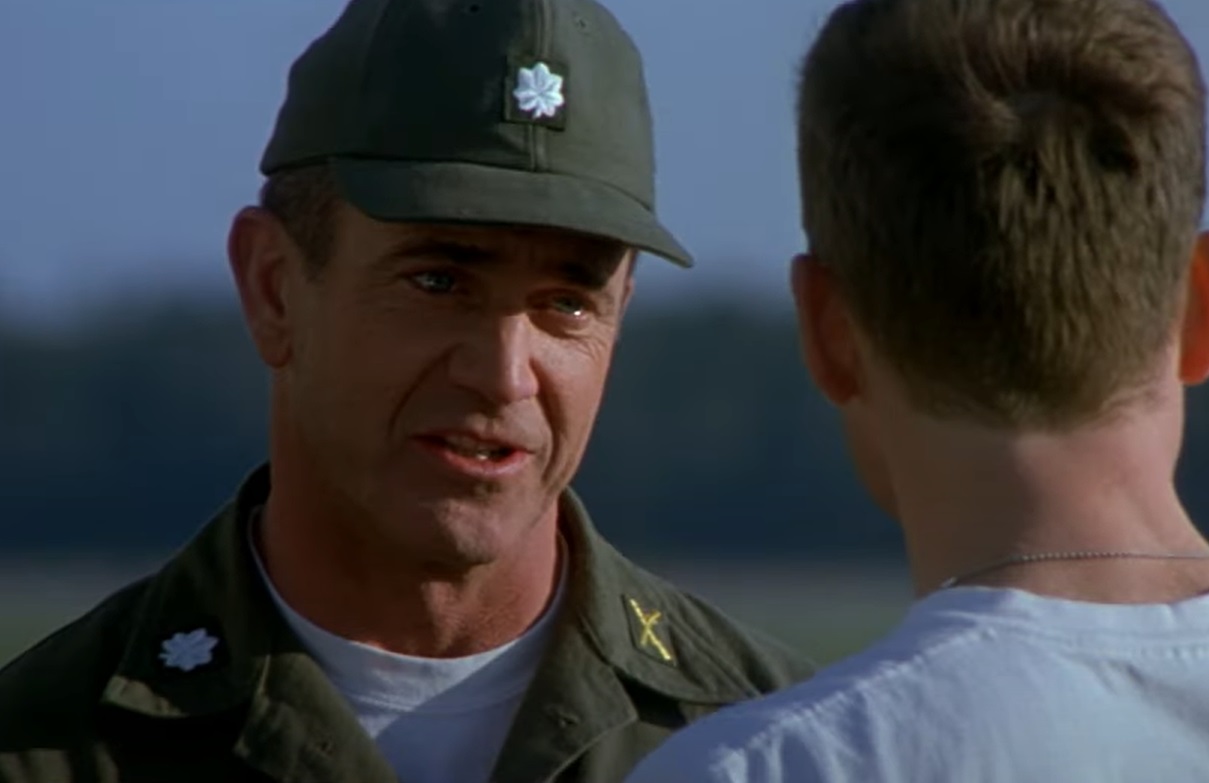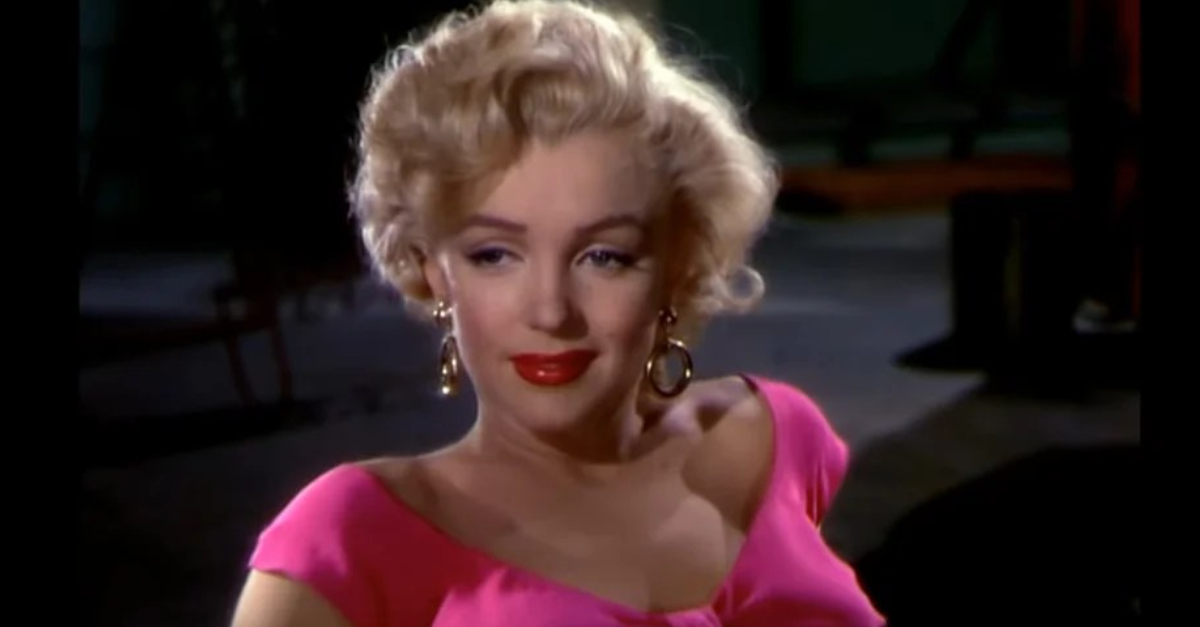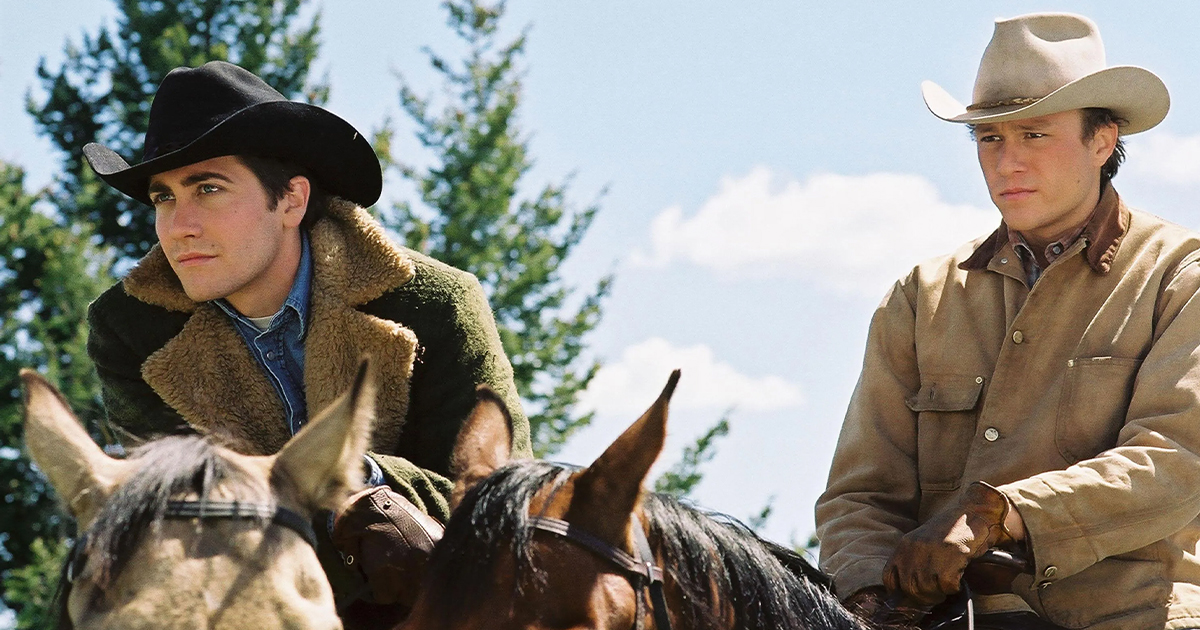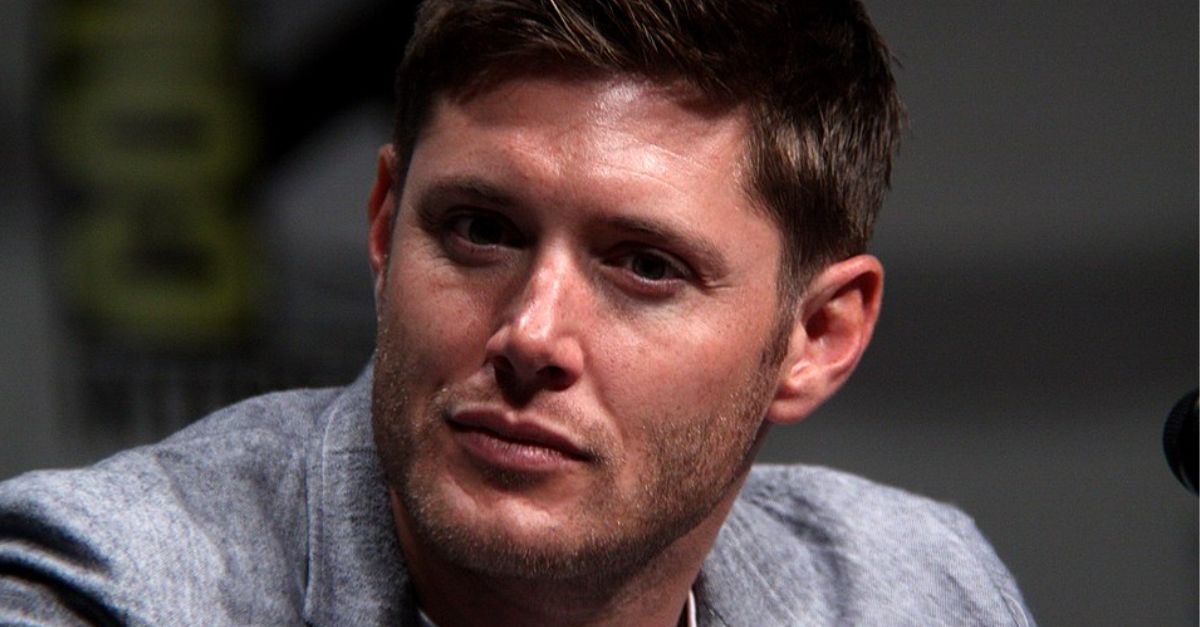These Are The War Movies That Tug On Your Heartstrings & Make You Cover Your Eyes
War movies have long captivated audiences with tales of bravery, sacrifice, and the chaos of battle—but not all war films are created equal. While many go heavy on explosions and Hollywood spectacle, a rare few aim for something far more powerful: authenticity. These are the films that pull no punches, capturing the grit, fear, confusion, and emotional toll of combat with striking realism. Whether guided by veteran directors, real combat footage, or painstaking research, these are the most realistic war movies ever made—and the reasons they continue to resonate today.
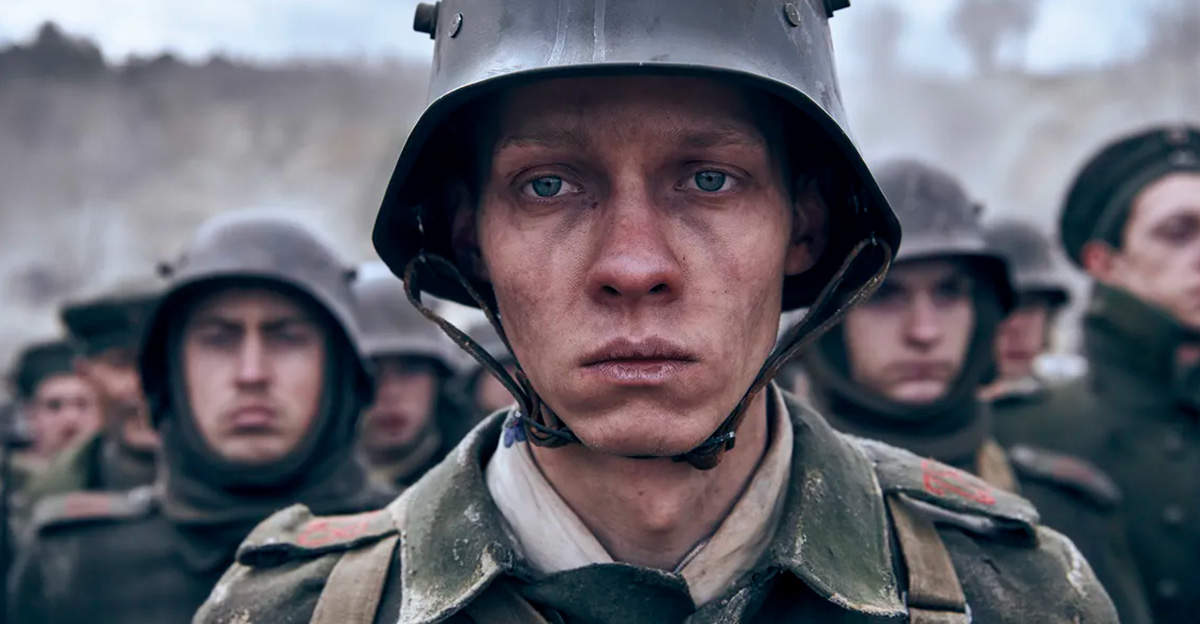
The Battle Of Algiers (1966)
A gritty, documentary-style portrayal of urban guerrilla warfare during the Algerian independence movement. Shot on location with non-professional actors, it feels like raw news footage. Its authenticity lies in its realism and political intensity, using real locations and revolutionary tactics. It remains influential for its fearlessly unfiltered approach to modern insurgency and warfare.
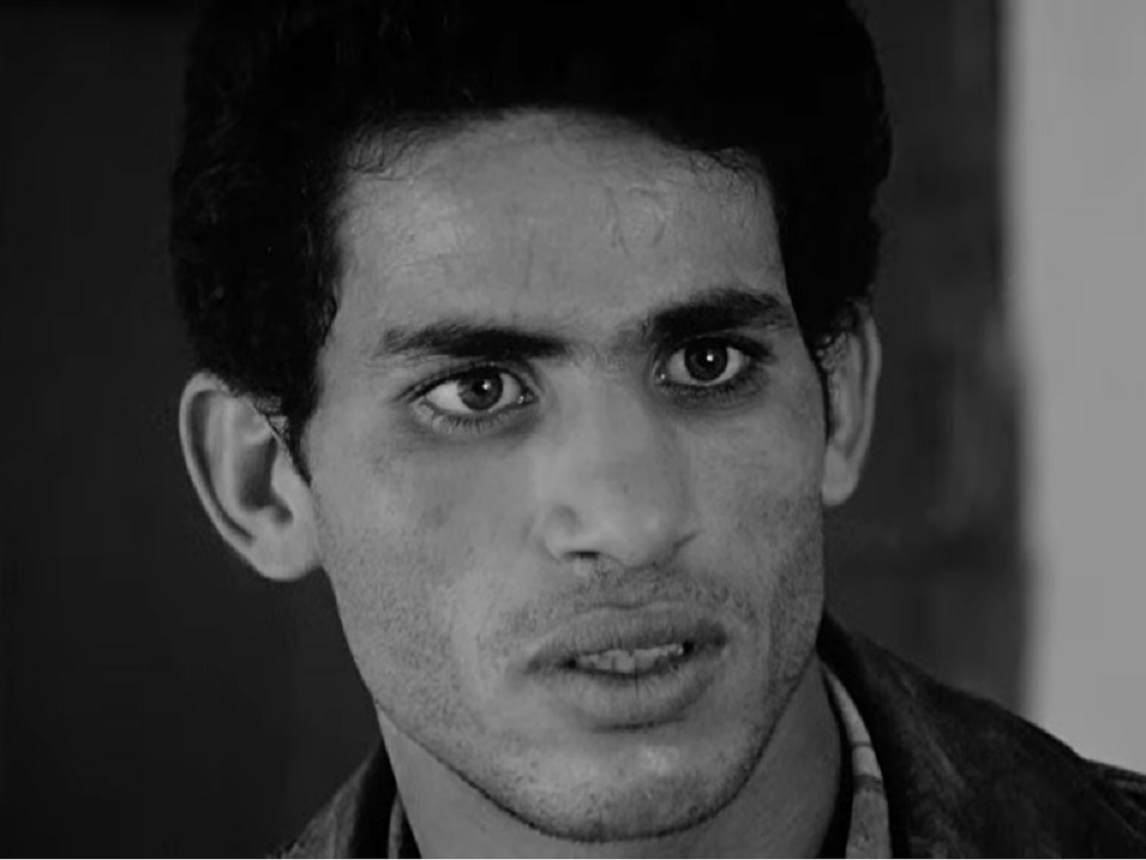 Igor Film, The Battle Of Algiers (1966)
Igor Film, The Battle Of Algiers (1966)
Platoon (1986)
Directed and written by Vietnam veteran Oliver Stone, this film feels brutally personal. The boot camp training broke down actors both physically and emotionally. Realistic jungle combat, moral ambiguity, and psychological scars earned critical acclaim. Its raw portrayal of internal platoon conflict and moral dilemmas keeps it timelessly compelling.
Full Metal Jacket (1987)
Stanley Kubrick’s film splits between a brutal boot camp and the Tet Offensive. R. Lee Ermey’s drill instructor role was based on his real Marine experience. The film captures both the psychological impact of training and combat's dehumanizing effects. Its realism and stark visuals resonate with veterans and film scholars alike.
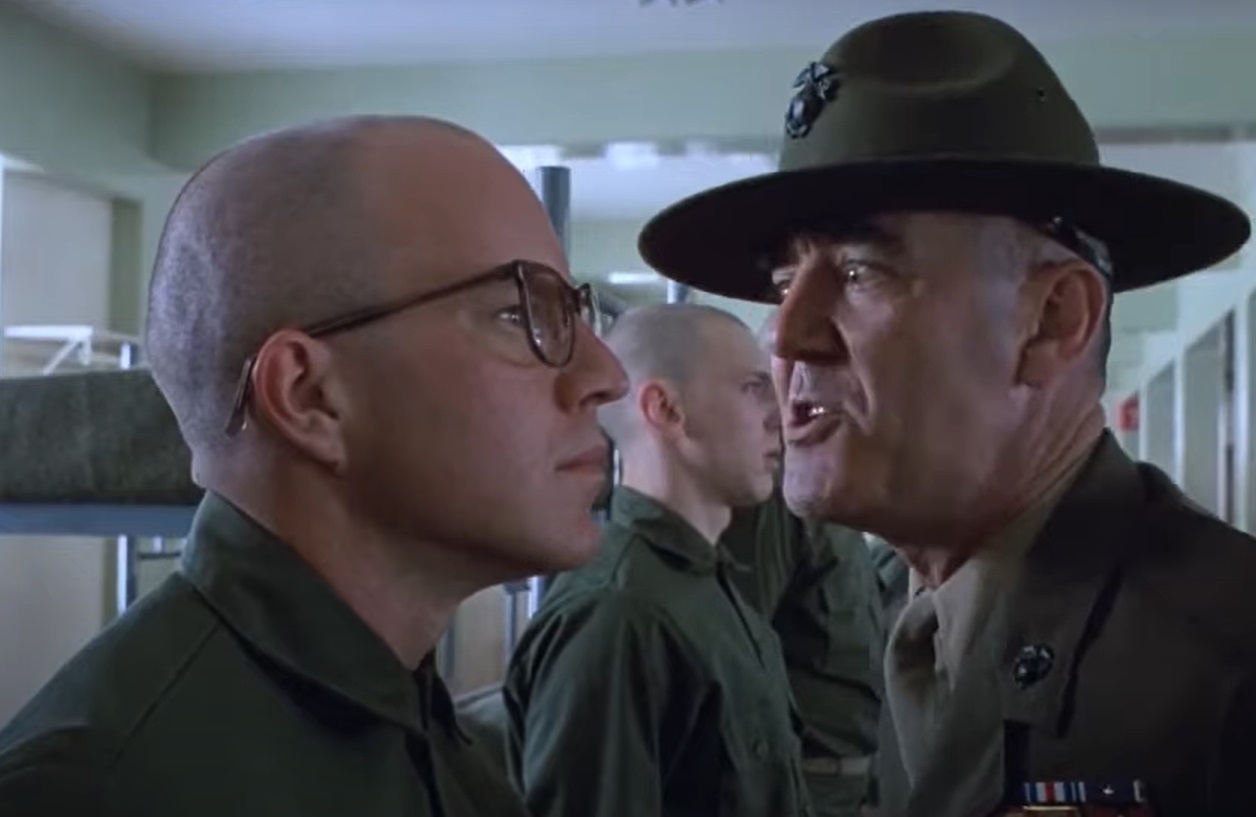 Warner Bros., Full Metal Jacket (1987)
Warner Bros., Full Metal Jacket (1987)
Das Boot (1981)
Set aboard a cramped WWII German U-boat, this film screams authenticity and tension. Actors shot scenes chronologically to mirror physical and emotional fatigue. With intense attention to historical detail and claustrophobia, it’s cinema’s most faithful submarine depiction. Viewers still cite it as a benchmark for underwater warfare realism.
Dunkirk (2017)
Christopher Nolan’s depiction of the 1940 Dunkirk evacuation avoids CGI whenever possible. Real ships, extras, and aircraft amplify authenticity on land, sea, and air. Minimal dialogue and heart-pounding audio design simulate raw, chaotic survival. It remains a masterclass in immersive storytelling, deeply appreciated by war historians and audiences alike.
The Hurt Locker (2009)
Based on true accounts from Iraq War EOD units, this film nails tension. Filmed in Jordan with real heat, equipment, and military advisors, the film stuns. It portrays the addiction to combat and post-war alienation in sharp detail. Its raw intensity and refusal to glamorize war remain powerful today.
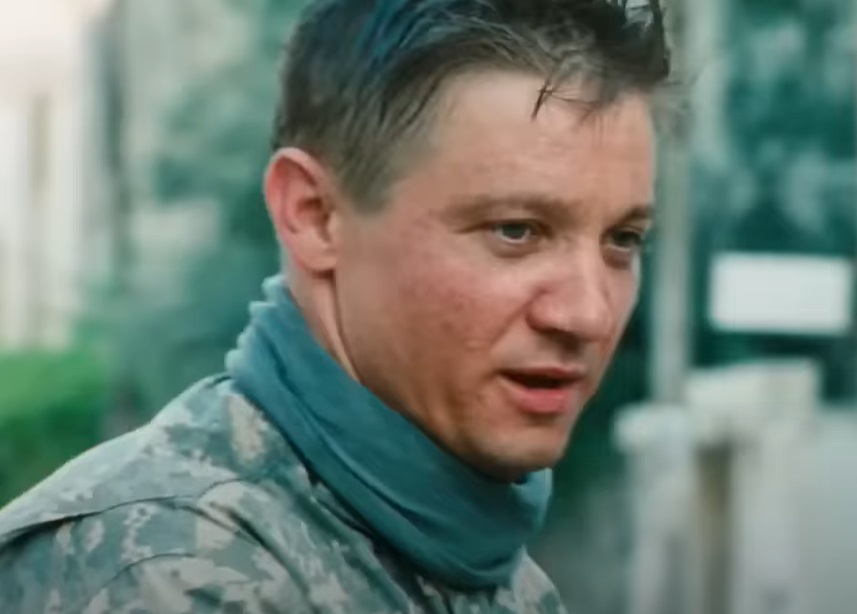 Summit, The Hurt Locker (2008)
Summit, The Hurt Locker (2008)
Black Hawk Down (2001)
Ridley Scott’s dramatization of the 1993 Battle of Mogadishu is chaotic and authentic. Tactical gear, fast-paced editing, and actual dialogue from after-action reports elevate accuracy. Veterans consulted throughout the process to maintain realism. It's now a go-to example of urban warfare in modern military cinema.
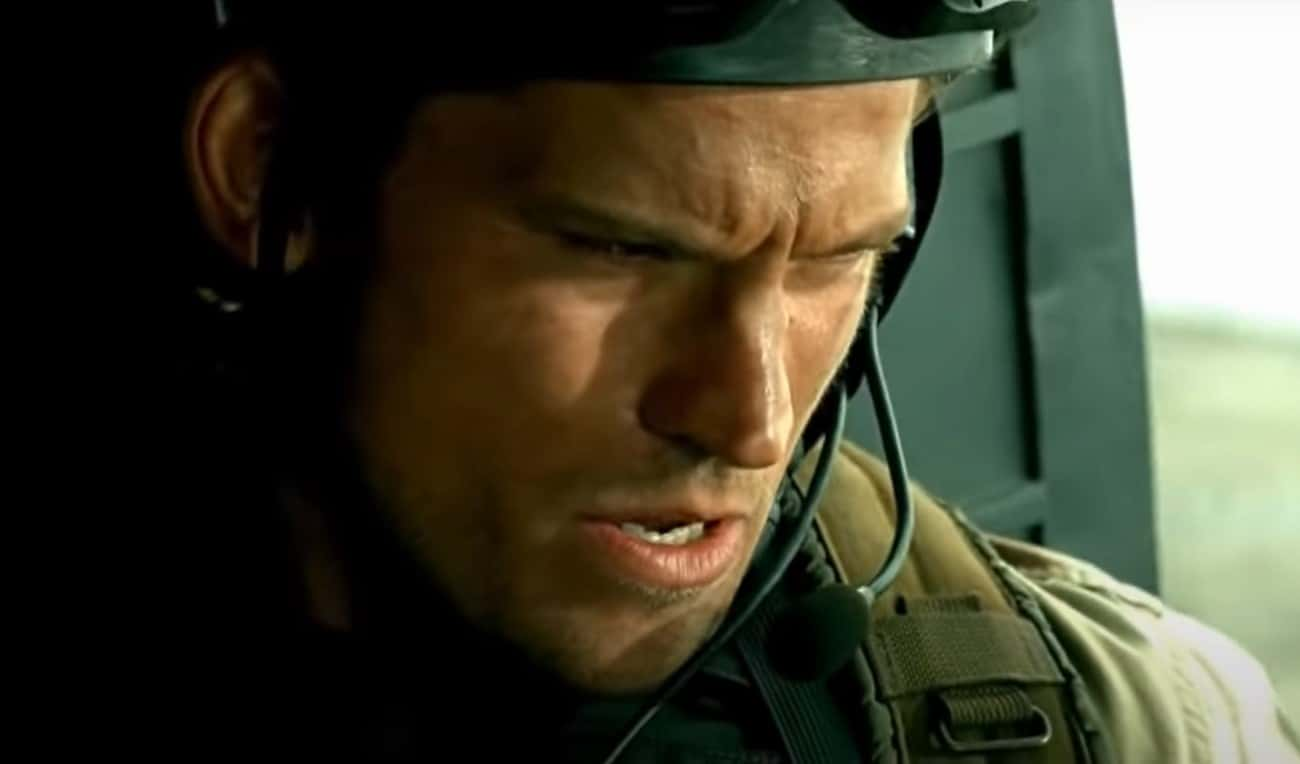 Black Hawk Down (2001), Revolution Studios
Black Hawk Down (2001), Revolution Studios
Saving Private Ryan (1998)
The Omaha Beach scene is cinema legend—visceral, bloody, unrelentingly realistic. Spielberg’s attention to noise, camera shake, and practical effects set new standards. The emotional journey through France mirrors the weight soldiers carried. It’s still revered as a near-perfect balance of cinematic brilliance and historical accuracy.
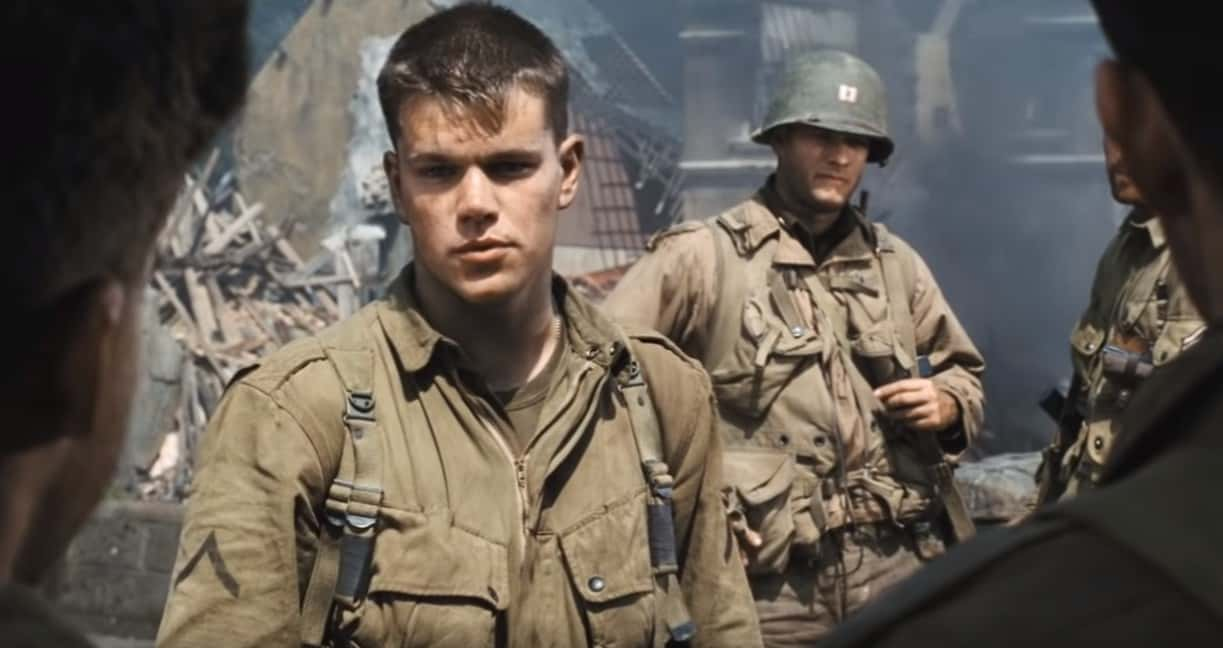 Paramount Pictures, Saving Private Ryan (1998)
Paramount Pictures, Saving Private Ryan (1998)
Hacksaw Ridge (2016)
Mel Gibson’s true story of pacifist medic Desmond Doss focuses on moral courage. Combat sequences use practical effects, heavy smoke, and chilling injury realism. The brutal Okinawa battlefield is vividly recreated with grit and emotional weight. It stands out for celebrating heroism without losing the horror of war.
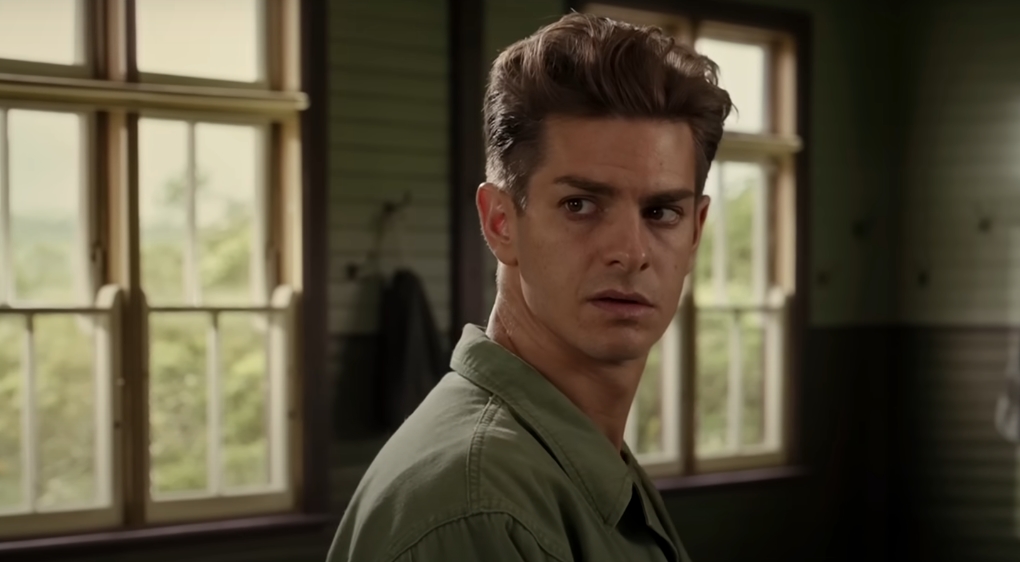 Summit Entertainment, Hacksaw Ridge (2016)
Summit Entertainment, Hacksaw Ridge (2016)
Come And See (1985)
This Soviet masterpiece captures war through the eyes of a terrified child. Nazi atrocities and psychological breakdown unfold in long, haunting takes without embellishment. Emotional devastation—not action—is the core of its realism. Its nightmare-like quality lingers and has only gained reverence over time.
 Come and See | WAR FILM | FULL MOVIE, Mosfilm
Come and See | WAR FILM | FULL MOVIE, Mosfilm
Lone Survivor (2013)
Based on Marcus Luttrell’s memoir, this film reflects brutal survival and sacrifice. Injuries, gunfights, and terrain obstacles are depicted with painstaking realism and grit. Mark Wahlberg leads a cast that trained with Navy SEALs beforehand. It’s hailed for capturing the brotherhood and relentless adversity of special operations.
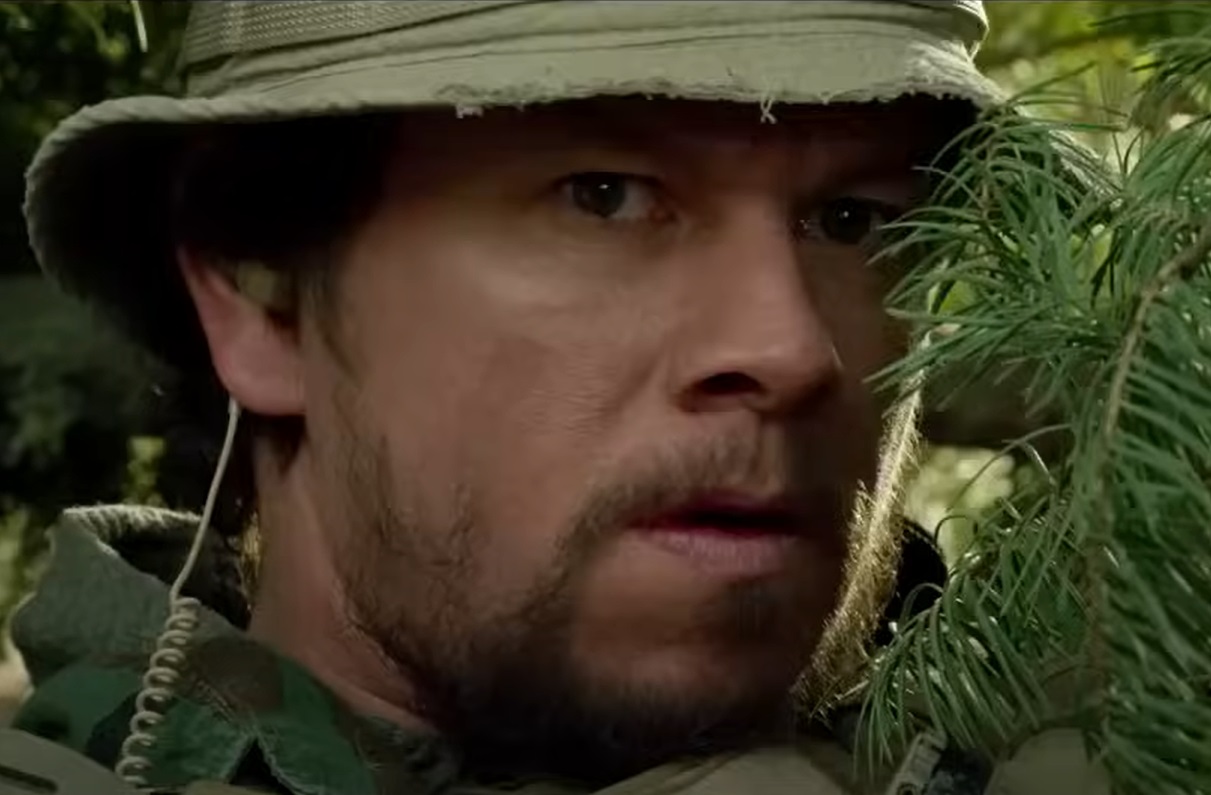 Universal, Lone Survivor (2013)
Universal, Lone Survivor (2013)
Restrepo (2010)
A documentary filmed in Afghanistan’s Korengal Valley, it offers zero dramatization. Filmmakers lived alongside soldiers for 15 months under fire and emotional strain. The result is war stripped bare: no score, no narrative—just experience. It’s a powerful, unvarnished glimpse into the soldier’s daily reality.
 Restrepo (2010) Trailer | Documentary | Tim Hetherington | Sebastian Junger, Film Trailer Channel
Restrepo (2010) Trailer | Documentary | Tim Hetherington | Sebastian Junger, Film Trailer Channel
Letters From Iwo Jima (2006)
Clint Eastwood’s Japanese perspective of the Iwo Jima battle is historically groundbreaking. Meticulous in language, uniforms, and cultural context, it humanizes former enemies. The emotional depth and focus on honor and loss remain rare in war cinema. It offers a sobering reminder of war’s human cost on all sides.
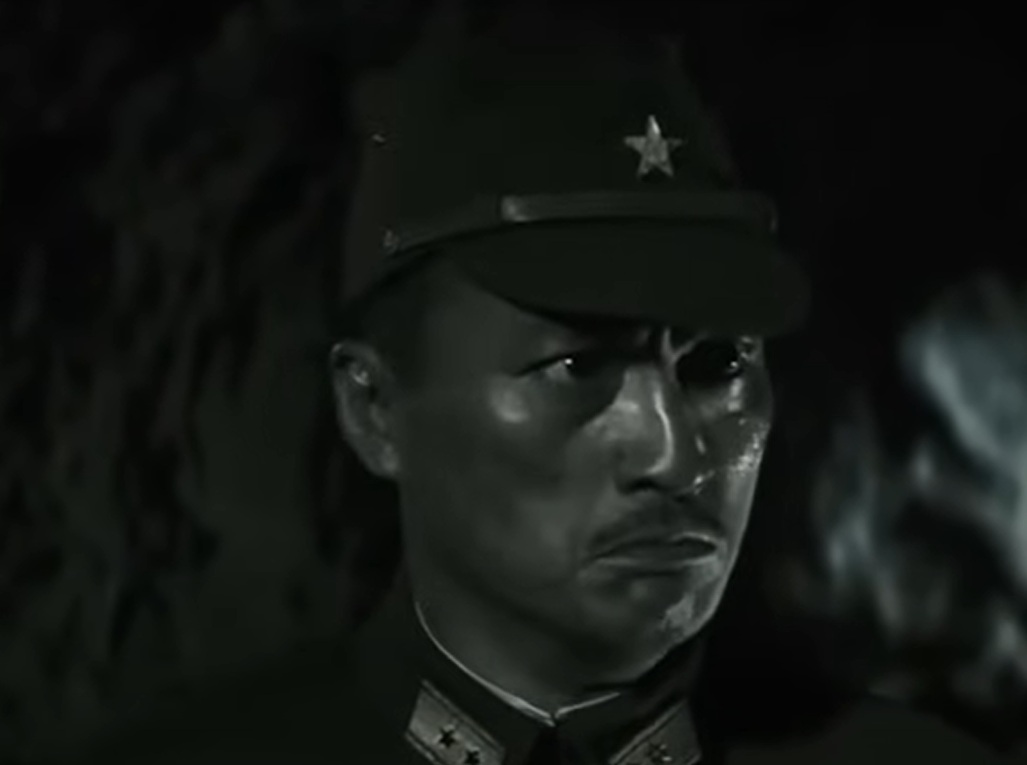 DreamWorks, Letters from Iwo Jima (2006)
DreamWorks, Letters from Iwo Jima (2006)
Platoon Training Sequence (Film Highlight)
Stone forced actors through jungle training without creature comforts or scripts. The actors' visible exhaustion, mud-caked skin, and gaunt looks are all real. That immersion translated into performances dripping with authenticity. It shaped the emotional tone of Platoon more than any battle scene.
Warfare (2025)
Directed by Alex Garland and former Navy SEAL Ray Mendoza, it feels brutally real. Based on Mendoza’s own 2006 Iraq mission, the film uses immersive audio, minimal dialogue, and real tactics. Chaos and dread dominate over plot. Critics hail it as the most authentic modern Iraq War portrayal yet.
 WARFARE Official Trailer (2025), JoBlo Movie Network
WARFARE Official Trailer (2025), JoBlo Movie Network
American Sniper (2014)
Based on Chris Kyle’s memoir, this film explores the burden of modern combat. Bradley Cooper trained extensively to replicate Kyle’s physicality and demeanor. The film’s mix of urban warfare, PTSD, and difficult homecomings feels grounded. It remains a poignant look at post-9/11 military service.
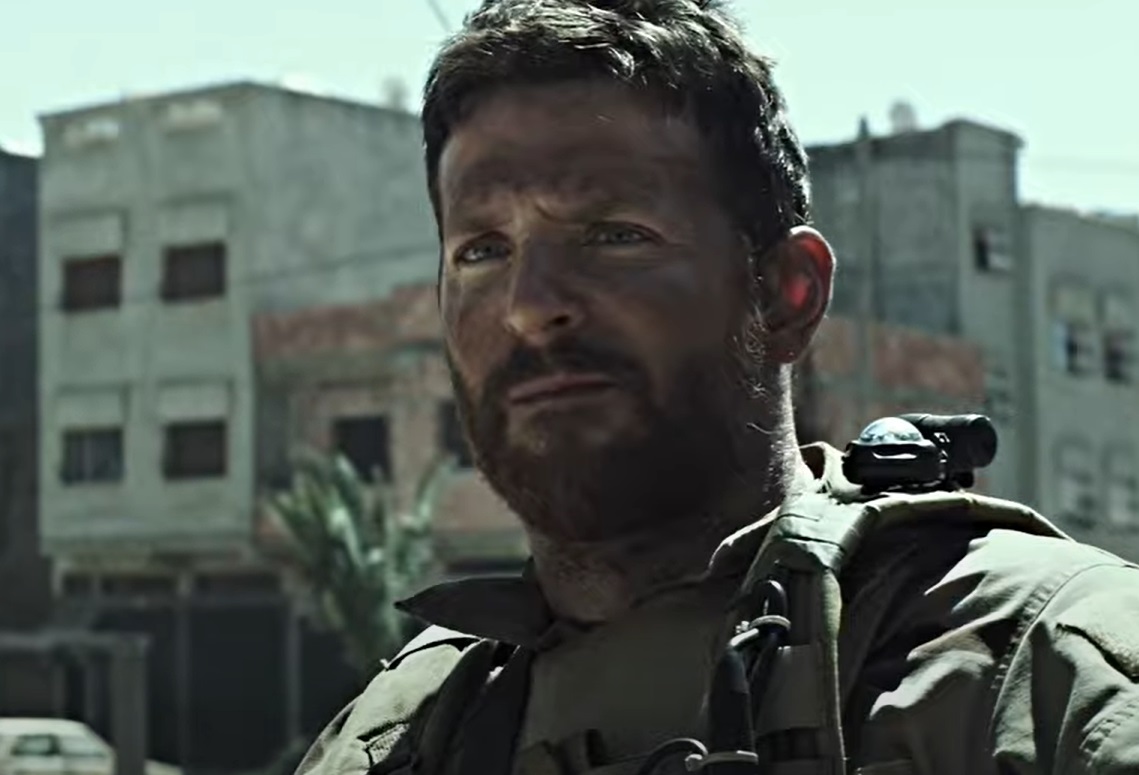 Warner Bros., American Sniper (2014)
Warner Bros., American Sniper (2014)
Generation Kill (2008)
This HBO miniseries captures the initial invasion of Iraq with journalistic clarity. Based on a Rolling Stone reporter’s embedded account, it’s rife with real dialogue and military slang. Soldiers praised its honest, often darkly funny tone. It’s one of the most complete portraits of the Iraq War.
 Generation Kill - Trailer - Official HBO UK, HBO UK
Generation Kill - Trailer - Official HBO UK, HBO UK
Paths Of Glory (1957)
Stanley Kubrick’s WWI film critiques the futility of trench warfare and bureaucracy. Though black-and-white, its trenches and human despair feel chillingly modern. Based on a real incident, it focuses more on injustice than explosions. It still resonates with modern audiences and soldiers alike.
The Thin Red Line (1998)
Terrence Malick’s meditative WWII film emphasizes internal trauma over external action. While poetic, it remains grounded in realistic tactics and soldier psychology. Voiceovers reveal conflicting inner struggles amid visually rich battlefields. It’s an emotional and philosophical companion piece to more violent war films.
 Twentieth Century, The Thin Red Line (1998)
Twentieth Century, The Thin Red Line (1998)
1917 (2019)
Sam Mendes’s one-shot illusion creates the most immersive WWI experience ever filmed. Real locations, detailed uniforms, and long takes boost the sense of urgency. You’re placed inside a soldier’s frantic race across enemy lines. The film’s commitment to realism and cinematography has earned it lasting acclaim.
Jarhead (2005)
Adapted from Anthony Swofford’s Gulf War memoir, it portrays the boredom of war. Marines train hard and wait endlessly, showing the psychological wear from inaction. The sand, sweat, and sarcasm all feel painfully real. It’s unique for focusing on anticipation over combat.
Behind Enemy Lines (2001)
While more action-oriented, the initial jet evasion sequence was grounded in real events. Some military advisors praised the evasion tactics and landscape realism. It lacks nuance, but its opening scenes remain effective representations of pilot vulnerability. A mix of Hollywood and some real technical accuracy.
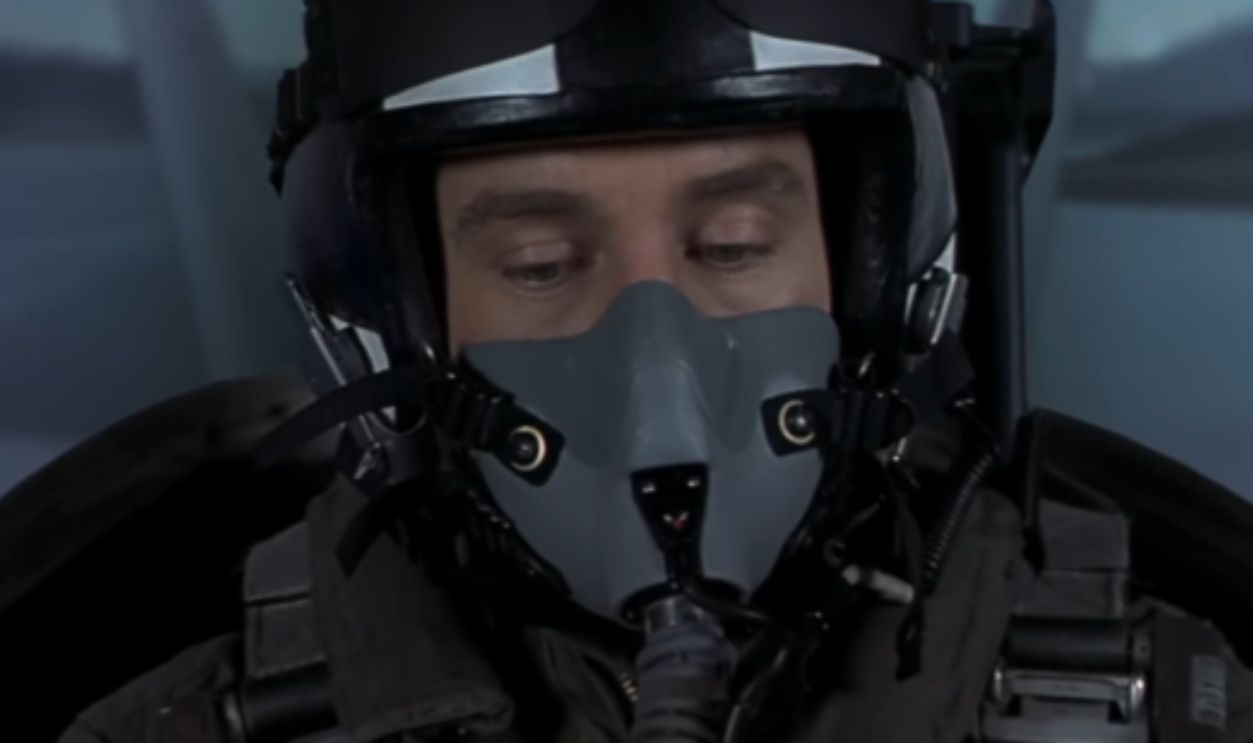 BEHIND ENEMY LINES Clip - Shot Down (2001) Owen Wilson by JoBlo Movie Clips
BEHIND ENEMY LINES Clip - Shot Down (2001) Owen Wilson by JoBlo Movie Clips
We Were Soldiers (2002)
Based on the true story of the Battle of Ia Drang, it’s methodical and brutal. Helicopter tactics, soldier bonds, and casualty handling are all meticulously portrayed. Mel Gibson leads a cast that trained with military advisors. It's remembered for honoring both American and North Vietnamese perspectives.
Battle For Haditha (2007)
Shot in a documentary style with non-professional actors, it recreates a tragic Iraq event. Based on the 2005 Haditha killings, it offers brutal moral ambiguity. Improvised dialogue and realistic reenactments enhance immersion. It stands as a haunting, almost forensic view of combat trauma.
 Battle For Haditha (2007) trailer, Visionary Thinking
Battle For Haditha (2007) trailer, Visionary Thinking
Tora! Tora! Tora! (1970)
This Pearl Harbor dramatization emphasizes balance and technical accuracy over action. Japanese and American perspectives are shown in parallel, with military records carefully followed. Real planes, real ships, and practical stunts add weight. A favorite among historians for its documentary-like realism.
The Outpost (2020)
Based on journalist Jake Tapper’s book, it depicts an Afghan battle in painstaking detail. Set at a remote, vulnerable U.S. outpost, it captures the feeling of entrapment. The cast trained with veterans, and firefights unfold with disorienting realism. It's often compared to Restrepo for its grit.
 The Outpost Trailer #1 (2020) | Movieclips Trailers, Rotten Tomatoes Trailers
The Outpost Trailer #1 (2020) | Movieclips Trailers, Rotten Tomatoes Trailers
Why Realism Matters: Tactics & Gear Accuracy
Veterans praise films that nail the little things—gear, terminology, decision-making under fire. These details build immersion, separating accurate portrayals from Hollywood exaggerations. Realism shows respect for the profession of arms. It’s why movies like Saving Private Ryan continue to be used in training.
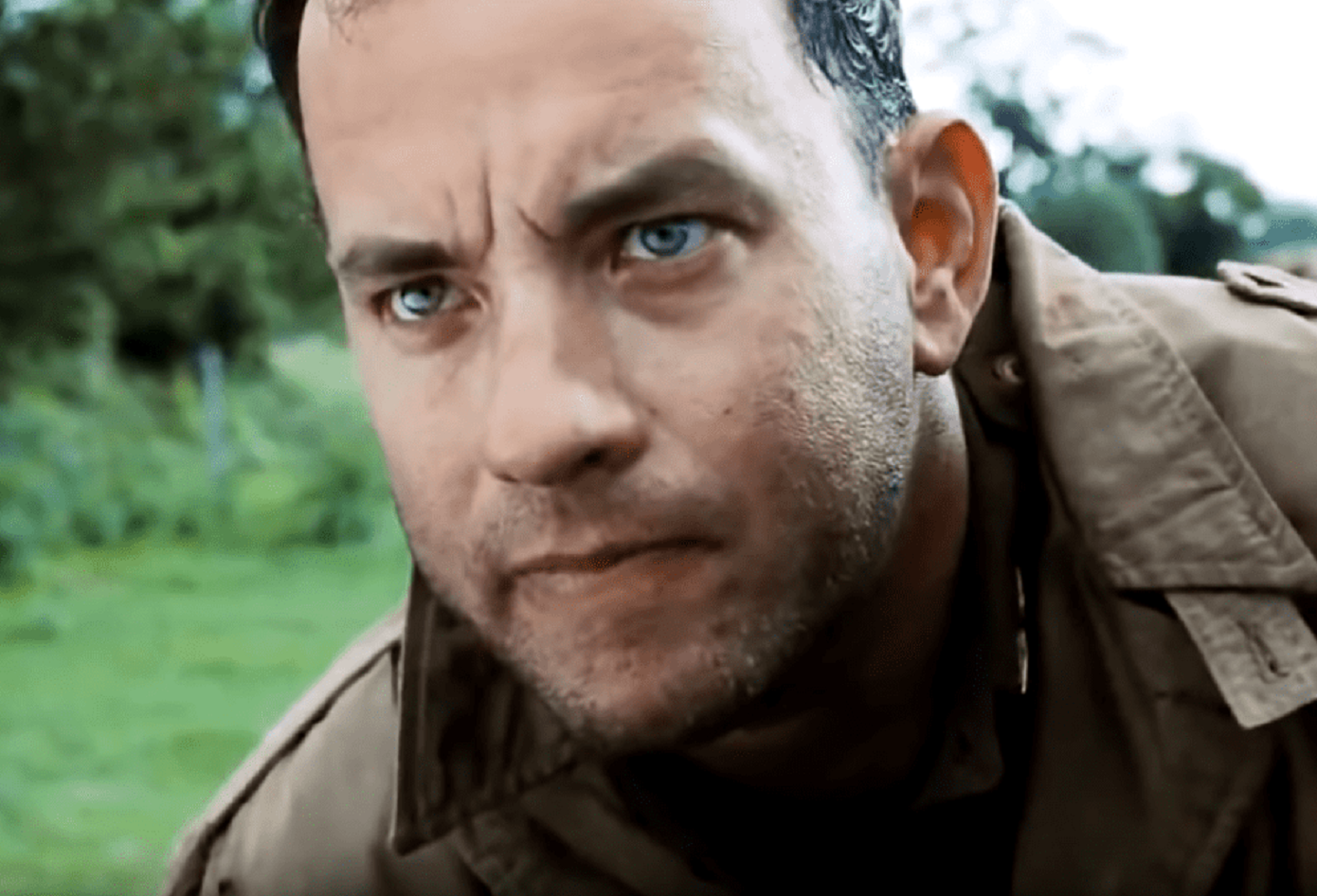 Paramount, Saving Private Ryan (1998)
Paramount, Saving Private Ryan (1998)
Why Realism Matters: Emotional Truth
Beyond bullets, great war films dive into the emotional scars soldiers carry. PTSD, grief, brotherhood, and moral injury are portrayed in films like The Hurt Locker. That emotional fidelity connects deeply with viewers. It ensures these stories resonate long after the final frame.
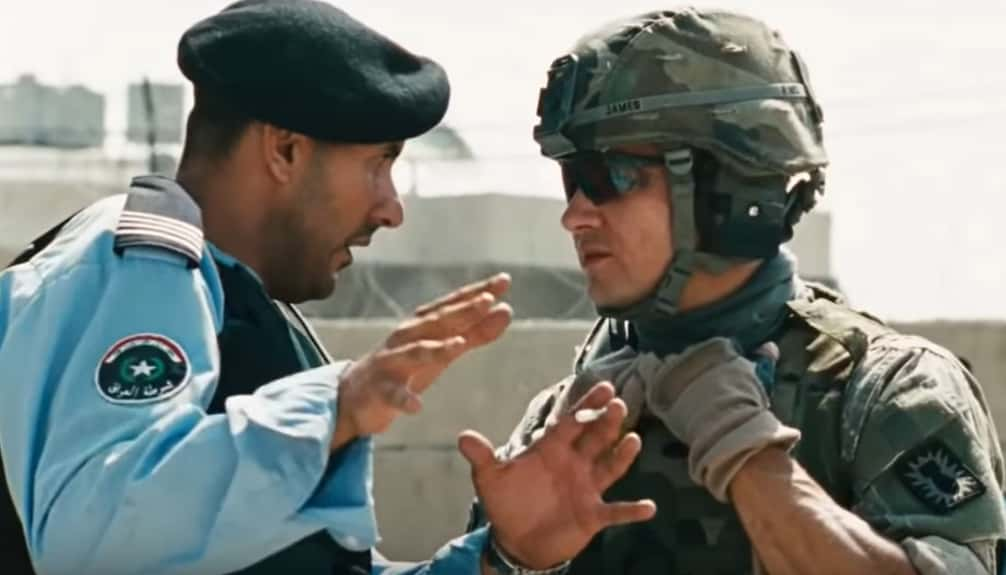 The Hurt Locker (2008), Voltage Pictures
The Hurt Locker (2008), Voltage Pictures
Why They Remain Popular Today
Realistic war movies educate while they entertain, bridging eras and cultures. They honor real service members while challenging the viewer’s romantic notions of war. Unlike blockbusters, these films don’t fade—they endure as historical and emotional touchstones.
 Twentieth Century, The Thin Red Line (1998)
Twentieth Century, The Thin Red Line (1998)
You May Also Like:
The Most Beautiful Uses Of Color In Movies
Actors With The Most On-Screen Deaths

